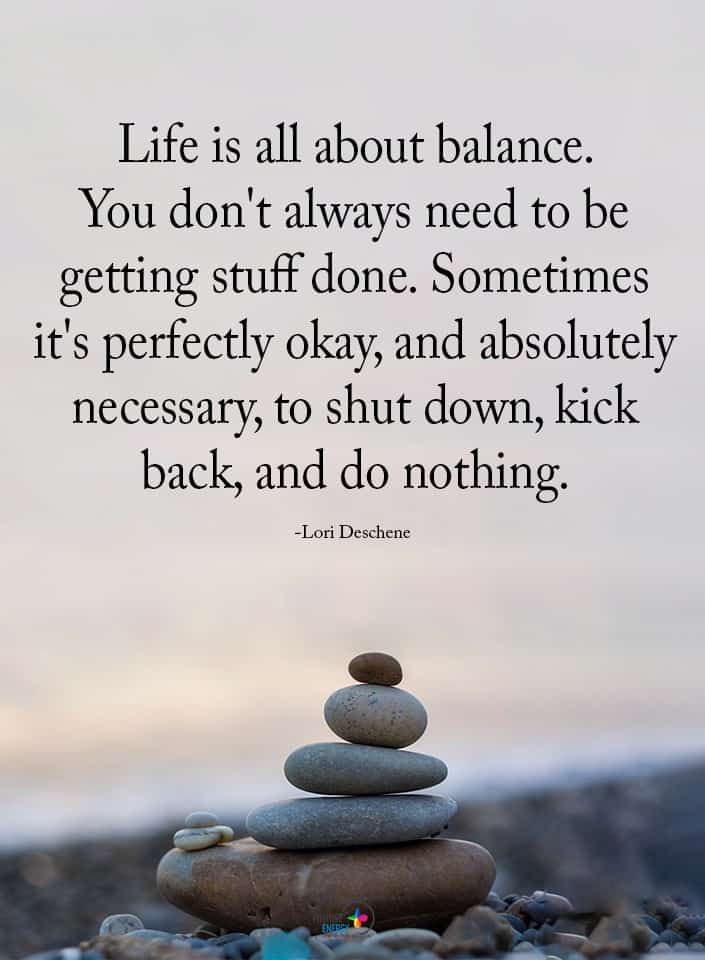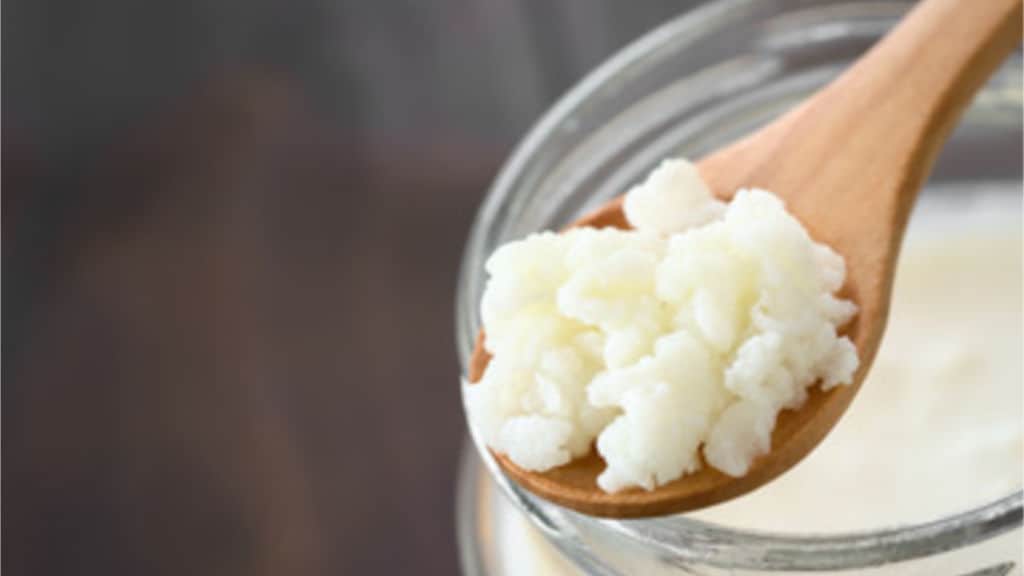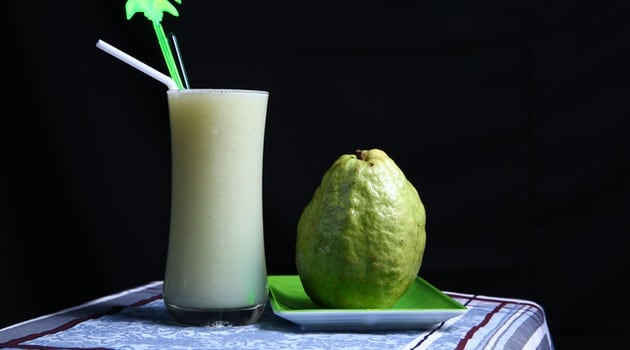Fart, toot, flatulence, or a bit of wind. No matter what you call it, it’s embarrassing when foul-smelling gas slips out in public. Some people wonder why this happens. So, what are 20 things that cause you to fart?
When a large amount of gas is in our stomach or intestines, you get bloated and gassy. This excess makes you fart, which is just your body getting rid of the gas. Farts can stink to high heaven. This odor is because the gas escaping from your anus contains sulfur, which can have a rotten egg smell to it.
Do you have fart a lot?
It may seem obvious when you have gas, but there are several symptoms of gas you may not be as aware of
- Lots of burping-Belching or burping during or after meals is typical. But if you are burping a lot, it could be because you swallowed too much air while you were eating. The wind didn’t reach your stomach but escaped through your mouth.
- Farting-You fart around thirteen to twenty-one times a day. Believe it or not, most people on average have anywhere from .5 to 1.5 liters of gas floating around in their digestive tract.
- Bloating-When your stomach feels full and maybe swollen. Air is not expelling as a burp or a fart.
- Pain in your stomach- This condition happens when you have a lot of air in your stomach that doesn’t move through your intestines.
Things that cause you to fart
Everybody farts, but some everyday things cause farting.
1. Swallowing air
It’s common to swallow air when you eat or drink. Certain foods or drinks cause you to take in more breath than usual, and this makes you fart or burp. These include.
- Carbonated sodas, seltzer water
- Chewing gum
- Hard candies
You also swallow air when you do some things
- Smoke
- Drink too quickly
- Eat too quickly
- Wear loose-fitting dentures
When you swallow air, you’ll burp, but some air goes into your stomach then into your intestines, causing you to fart.
2. Bacteria in the large intestine
Sometimes your stomach and small intestine don’t wholly digest foods-especially fibers, sugar, or starches. These undigested carbs move into your large intestine, where they start to ferment as the bacteria begin to break them down. The result is especially smelly farts that could make your cat pass out.
3. Eating gas-producing foods
Some foods have a reputation for causing gas.
- Cruciferous vegetables-cabbage, broccoli, cauliflower, Brussels sprouts
- Legumes-lentils, black beans, pinto beans, kidney beans
- High fructose fruits-apples, watermelon, mango
- Sweeteners-Xylitol, sorbitol, and mannitol can cause bloating and gas
- Sodas-The combination of carbonation and sugar can pack a punch when it comes to producing gas.
4. Having IBS
Irritable bowel syndrome or IBS causes bloating, gas, diarrhea, and constipation. If you notice that you get gas when you eat certain foods, you may want to try to eliminate these foods. Most people who have IBS eat a Low FODMAP diet to ease their symptoms. FODMAP stands for Fermentable Oligosaccharide, Disaccharides, Monosaccharides, and Polyols, which are carbohydrates and sugar alcohols that your body doesn’t easily digest.
5. Hormonal changes
As if going through menopause isn’t enough, hormonal changes like this increase the gas in your body. Doctors aren’t sure if this is due to progesterone or estrogen, but studies show that postmenopausal women said they had changes in their bowels, such as excess farting.
6. You’re lactose intolerant
If you’re lactose intolerant, your body can’t completely digest the lactose found in milk and milk products. Lactose intolerance is uncomfortable and embarrassing if you fart a lot after eating dairy products. This scenario happens because your body doesn’t have enough of an enzyme called lactase. Most people who are lactose intolerant can substitute milk and dairy products for almond milk, coconut milk, and cheeses made from nut fats (like cashew cheese).
7. Celiac disease
Celiac disease or CD is a rare disease. Those who have CD suffer from bloating and excessive farting, which can cause embarrassment and discomfort. Many people with CD avoid social or professional gatherings. It’s a rare disease that isn’t serious but can lead to complications like anemia, malabsorption, osteoporosis, or internal lymphoma.
Studies found that CD is very rare. Many people who think they have it have Irritable bowel disease, pancreatic insufficiency, lactose intolerance, or an overgrowth of bacterial growth in the intestines. If you’re diagnosed with CD, you should eat a gluten-free diet to reduce symptoms.
8. Fructose intolerance
If you have fructose intolerance, your body can’t digest sugar fructose, which is the simple sugars in fruits. Eliminating high fructose foods helps reduce the side effects of fructose intolerance like farting and bloating.
Studies found that some people suffer from hereditary fructose intolerance because they lack an enzyme that helps break down the fructose. This deficiency makes them prone to conditions like hypoglycemia or low blood sugar or liver problems.
9. Smoking
Studies suggest that although smoking doesn’t cause farting directly, indirectly, it contributes to the problem. This outcome is because smoking affects your digestive system causing heartburn, gastroesophageal reflux disease or GERD, ulcers, and some liver diseases. Smoking puts you at risk for heartburn, which causes burping and farting.
10. Constipation and hot farts
No, the term “hot farts” does not refer to the name of a new rock band. When constipates, your gastro system doesn’t work correctly, so you get backed up. This crowding means there is less room for gas to move around.
You won’t pass as much gas, so your farts come out hot or warm. Other things that can cause hot farts are spicy foods, too tight of pants, and diarrhea. So, if anyone asks you about hot farts, consider yourself informed.
11. Overgrowth of bacteria
If you have an increase in bacteria in your small intestines, you’ll end up with gassiness. Bacterial imbalances in your gut happen when you’ve had the stomach flu or an infection. It takes a while for your gut to get back to the right balance of flora in your gut. In the meantime, you’ll be tooting more. Take probiotics to help your gut return to normal.
12. Peptic ulcers
A peptic ulcer causes a tear in your stomach lining and your small intestine’s upper area. The symptoms often get worse at night with burning and severe pain. One study reported that people who have peptic ulcers have symptoms like gut discomfort, flatulence, nausea, or vomiting three hours after eating.
13. Too much fiber
All you hear about is to eat lots of fiber, but you can overeat fiber. The tough parts of some plants can cause problems for some people. The body has trouble digesting it. Undigested foods get to the large intestine or colon, so bacteria in the bowels start to ferment, which produces smelly farts. Both soluble and insoluble fibers can cause this in plants such as beans, greens, fruits, and some vegetables. Eat a balanced diet of grain and other food so you won’t overload your gut.
14. Diabetes
If you have diabetes, you will be prone to excess farts. This is because of the medications you take or the excess glucose in your blood. All in all, your gut bacteria balance is off, so you will find yourself tooting a lot.
15. Eating high sulfur foods
Eating foods high in sulfur causes some people trouble. These foods and drinks include:
- Beer
- Wine
- Cider
- Apple juice
- Grape juice
- Dried fruits
- Alum vegetables: onions, garlic, chives, leeks, shallots
- Cruciferous vegetables: broccoli, cabbage
Certain nuts, grains, and meats also are high in sulfur and cause you to fart more than usual.
16. Gluten intolerance
For some people, gluten is a problem. It causes a swollen stomach and lots of farting. Gluten is a protein that’s in wheat, barley, and rye. It’s also hidden in soy sauce, beer, and even some tortilla chips.
17. Processed foods
You knew that processed and fast foods weren’t healthy, but did you know they make you fart? Burgers, pizza, and fries are high in fat and low in nutrition. Overeating processed food will upset your gut health. You’ll feel more bloated, burp more, and fart a lot. So ditch the fast food for fewer farts.
18. Significant changes to your diet
If you’ve made any significant changes to your diet, you may experience gas and excess farting. Going vegan or vegetarian, cutting out, or adding food to your regular diet can upset your gut’s balance. Your stomach should settle down eventually, but in the meantime, you’ll probably be tooting up a storm.
19. Flying
You may never fly again without thinking about this fact: flying makes you fart. If you don’t believe it, check out the study that says flatulence occurs when you’re flying due to cabin pressure changes. If you try to hold it in, you’ll feel very uncomfortable. But letting it rip will cause you social discomfort. It’s a problem. Don’t say you weren’t warned.
20. Healthy eating
So you try hard to eat well, and what do you get? Farts. That’s right; many of the healthy foods you eat don’t get digested at the same time. Undigested foods that sit in the small intestine start to ferment, causing smelly old farts. It doesn’t seem fair, our healthiest foods like vegetables, whole grains, and beans, cause the smelliest farts.
Final Thoughts on Understanding the Causes of Farts
Farts can be embarrassing, especially the stinkers. But, rest assured, they are a natural part of the human body’s digestive process. So. Go ahead. Let ‘er rip. Just have someone nearby who you can blame for the eruption.



























